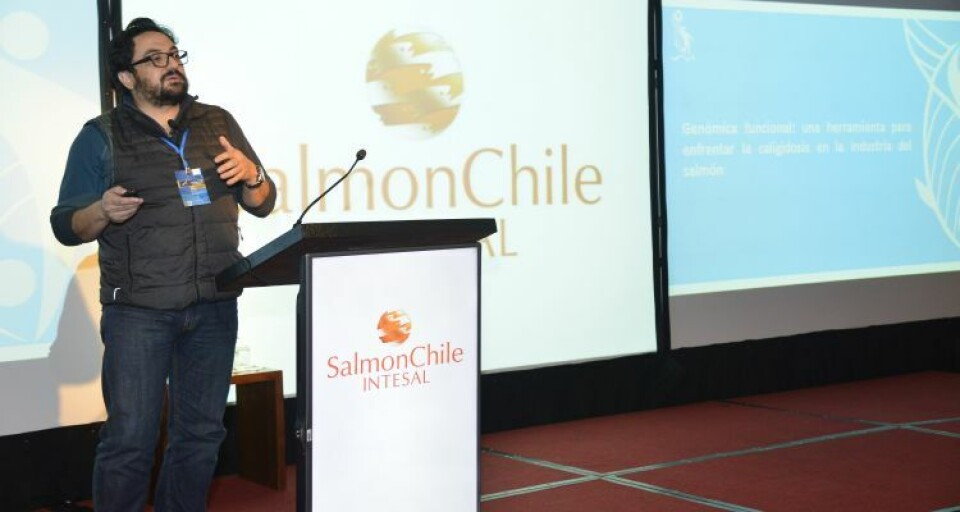
Chile commits £7.5m a year to gene war on lice
Chile is committing £7.54 million a year to sequencing the genome of the sea louse Caligus rogercresseyi.
The project will be financed by Chile’s economic development agency, Corfo, and industry body Salmonchile and executed by Incar, the Interdisciplinary Centre for Aquaculture Research.
Sequencing the human genome took about ten years but advances in technology should allow gene sequencing of Caligus rogercresseyi in about a year.
Cristián Gallardo-Escárate, deputy director of Incar, said Chile has the expertise to carry out the work, adding: "We are in an excellent time to take on a challenge of this nature."
Incar has so far been able to describe the genes involved in protecting lice against infections or parasites, "but we do not know how these genes change if I have an individual with a resistant or susceptible genotype, that is the key," says the researcher.
Effectiveness will be higher
"Sequencing the genome information of this sea louse will make it easier to predict its propensity to die from one antiparasitic or another. If we do, when a veterinarian in a farming centre has to make the decision to lower parasitic loads, sequencing will allow them to choose which drug to use more accurately based on the sensitivity of the population of sea lice or copepodites present at that time. Therefore, the effectiveness will be higher, and drugs may be used in longer time periods," said Gallardo-Escárate.
The project will run from this month.
Significantly, all the information gathered will be released, because public funds are involved. This is in contrast to Norway, for example, where the genome for Lepeophtheirus salmonis was sequenced but has not yet been released.
So far the only research centre involved is Incar, but the intention is to invite Canadian and Norwegian scientists to participate to have international cooperation.























































